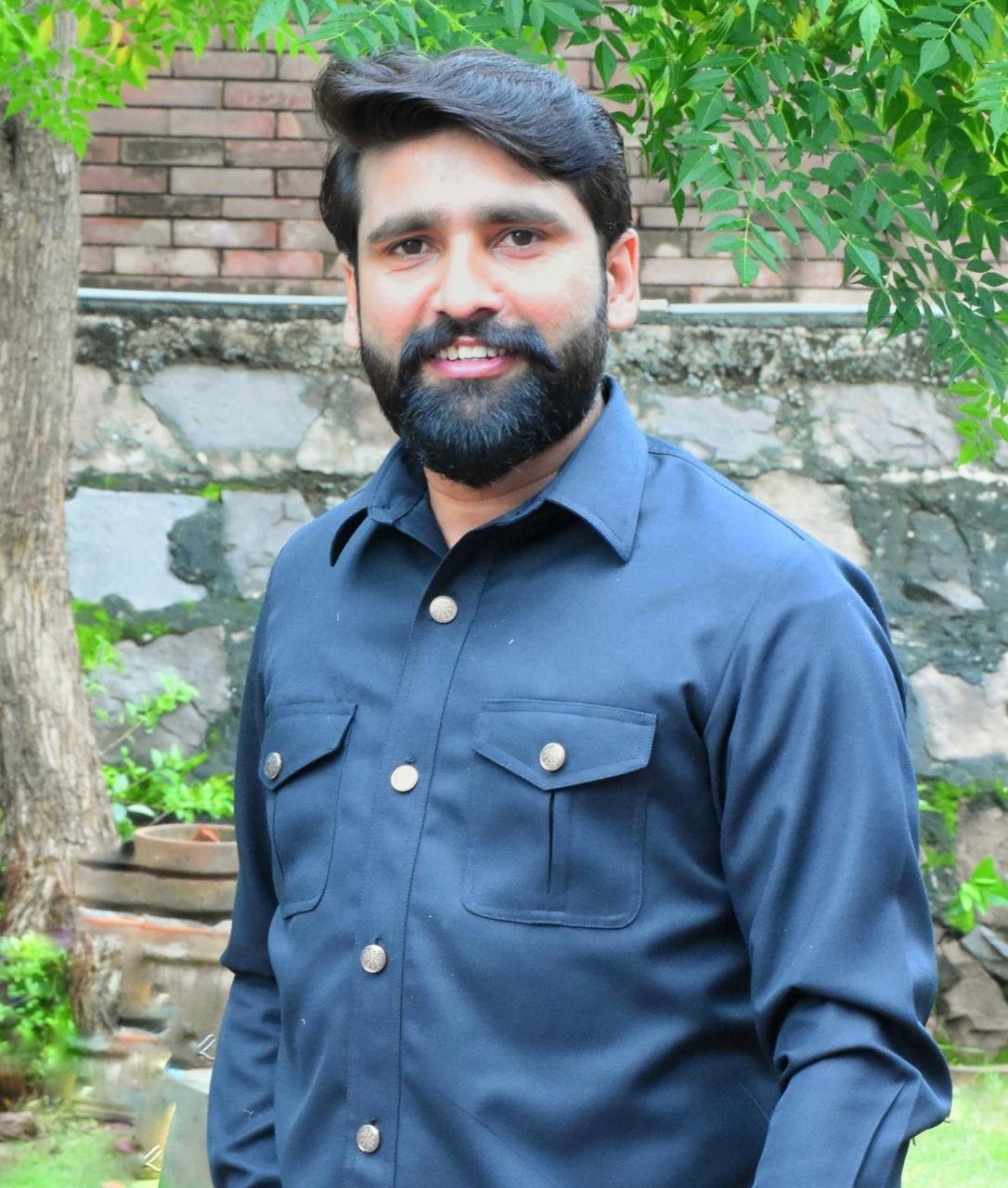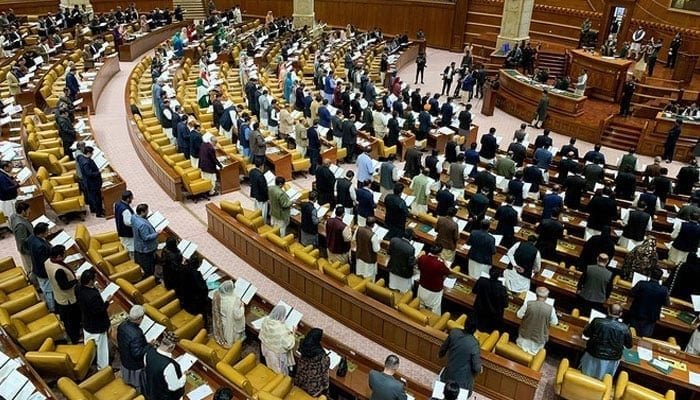Ahmad Khan Lohani
The Pushton Cultural Day is a celebration of the Pashtun culture and heritage that is observed every year on September 23. The Pashtuns, also known as Pakhtuns, Pathans, or Afghans, are an Eastern Iranian ethnic group that mainly live in southern and eastern Afghanistan and northwestern Pakistan. They have a rich and diverse history, language, religion, and social structure that distinguish them from other groups in the region.
The origin of the Pushton Cultural Day can be traced back to 2014, when a meeting of the Afghan Forum, a cross-border peace initiative, was held in Quetta, Pakistan. The forum was attended by Pashtun leaders and elders from both Afghanistan and Pakistan, who decided to designate a day for promoting the Pashtun culture and identity. The date of September 23 was chosen because it coincided with the autumn equinox, which is considered a symbol of harmony and balance in nature.
The development of the Pushton Cultural Day was influenced by the political and social challenges faced by the Pashtuns in both Afghanistan and Pakistan. The Pashtuns have suffered from decades of war, violence, displacement, discrimination, and marginalization in their native lands. They have also been stereotyped as extremists, terrorists, or backwards by some media and authorities. The Pushton Cultural Day was therefore seen as an opportunity to showcase the positive aspects of the Pashtun culture and to foster a sense of pride and unity among the Pashtun people,
The significance of the Pushton Cultural Day lies in its potential to create awareness and appreciation of the Pashtun culture among both Pashtuns and non-Pashtuns. The day is marked by various cultural activities, such as music, dance, poetry, art, literature, sports, cuisine, and attire. The most prominent feature of the day is the traditional Pashtun dance called Attan, which involves a circle of dancers moving in sync with rhythmic drum beats. The Attan is considered a symbol of solidarity and joy among the Pashtuns. Another important aspect of the day is the display of the Pashtun flag, which consists of three vertical stripes of black, white, and green, with a golden emblem in the centre. The flag represents the Pashtun history, values, and aspirations.
The growth of the Pushton Cultural Day has been remarkable since its inception in 2014. The day has been celebrated not only in Afghanistan and Pakistan but also in other countries where Pashtun diaspora communities exist, such as India, the United Arab Emirates, the United States, the United Kingdom, Germany, Iran, Australia, Canada, and Russia. The day has also attracted the attention and participation of non-Pashtun people interested in learning about the Pashtun culture and supporting the cause. The Pushton Cultural Day has thus become a global phenomenon that transcends borders and boundaries.
Lastly, the Pushton Cultural Day is a remarkable initiative that celebrates the rich and diverse culture of the Pashtun people. The day has its origins in a cross-border peace forum that aimed to promote the Pashtun identity and harmony. The day has significance for both Pashtuns and non-Pashtuns who want to appreciate and respect the Pashtun culture and heritage. The day has grown rapidly over the years and has become a worldwide event that showcases the beauty and strength of the Pashtun people.
Please, subscribe to the monthly magazines of republicpolicy.com














